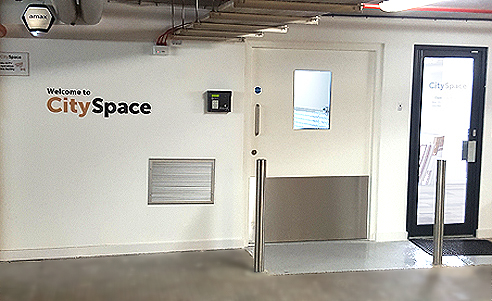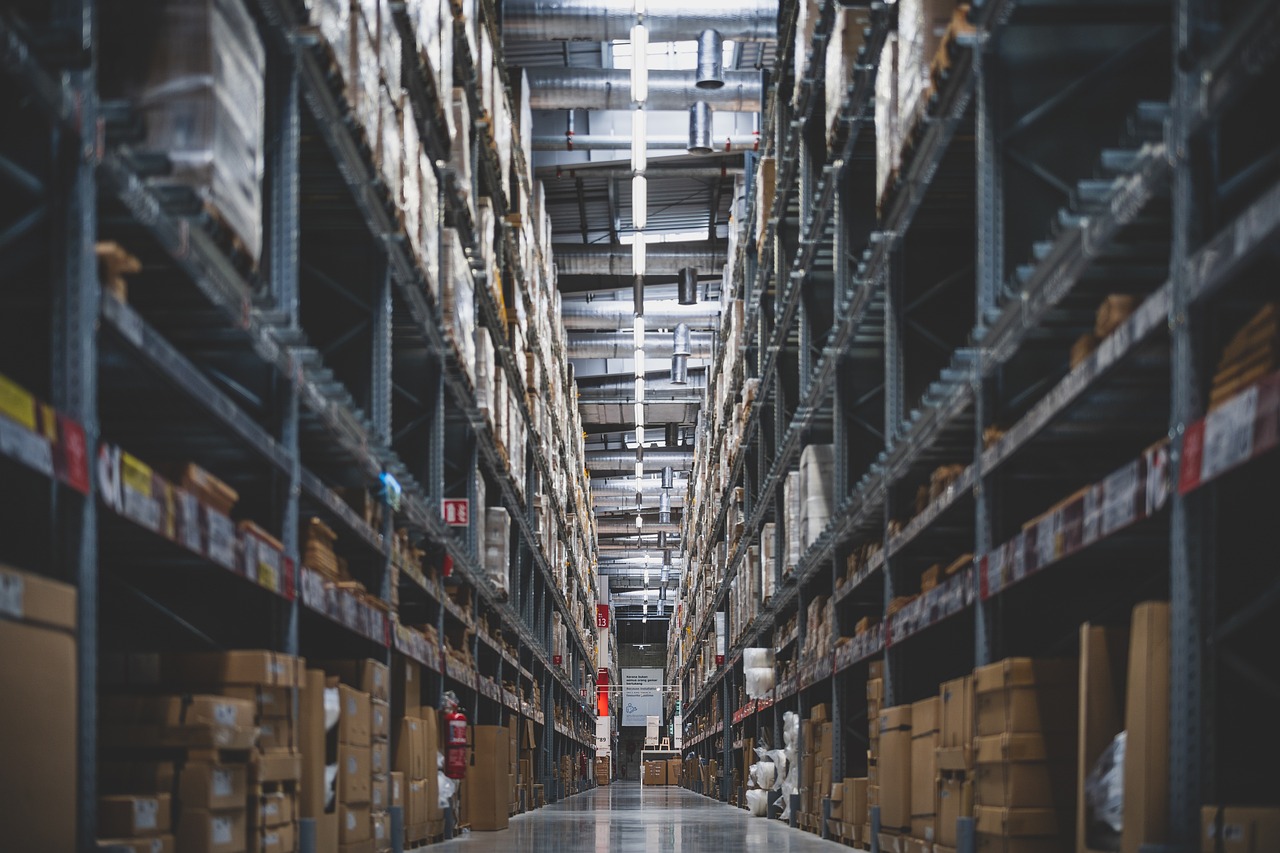In the contemporary industrial landscape, ensuring safety and boosting productivity are paramount. A key player in achieving these objectives is the implementation of a robust factory CCTV system. This blog post delves into how cutting-edge CCTV systems in factories not only enhance safety protocols but also contribute significantly to increasing productivity.
The Dual Role of Factory CCTV Systems
Factory CCTV systems have evolved from being mere tools for security surveillance to becoming integral components of operational management. These systems serve a dual role: they are vital in maintaining safety standards and are instrumental in streamlining and optimising production processes.
Enhancing Workplace Safety
The primary role of factory CCTV systems is to ensure workplace safety. They provide real-time monitoring of factory floors, helping to quickly identify and respond to safety hazards. By keeping a vigilant eye on all areas of the factory, these systems help in preventing accidents and ensuring compliance with health and safety regulations.
Integrating CCTV with Health and Safety Protocols
Integrating CCTV systems with health and safety protocols creates a more cohesive and proactive approach to workplace safety. This integration allows for the continuous monitoring of compliance with safety measures, making it easier to spot potential risks and intervene before accidents occur.
Monitoring for Compliance
CCTV systems enable the monitoring of safety protocol compliance, such as the correct use of personal protective equipment (PPE) and adherence to operational guidelines. This constant monitoring helps in maintaining high safety standards across the factory floor.

Leveraging CCTV for Operational Efficiency
Beyond safety, factory CCTV systems are powerful tools for enhancing operational efficiency. They provide valuable insights that can be used to optimise production processes, manage resources more effectively, and ultimately boost productivity.
Real-Time Process Monitoring
CCTV systems enable real-time monitoring of production processes. This allows for the immediate identification of bottlenecks, equipment malfunctions, and other issues that can affect productivity. Swift action can then be taken to rectify these issues, minimising downtime and maintaining a steady flow of operations.
Data-Driven Decision Making
Modern CCTV systems, equipped with advanced analytics, can provide data that aids in informed decision-making. This data can be used to identify patterns, predict equipment failures, and optimise resource allocation, leading to more efficient production processes.
The Impact of Factory CCTV Systems on Productivity
The impact of CCTV systems on factory productivity is substantial. According to a study by The Manufacturer, factories that have implemented advanced CCTV systems have seen a marked improvement in productivity. These systems enable better management of resources and more efficient processes, contributing significantly to overall operational effectiveness.
Customised Solutions for Different Factory Needs
At Amax Fire and Security, we understand that each factory has unique security and operational needs. That’s why we offer customised CCTV solutions, tailored to meet the specific requirements of your factory. Explore our tailored security solutions to find out how we can enhance the safety and productivity of your factory.

Technological Advancements in Factory CCTV Systems
The latest advancements in CCTV technology have revolutionized how factory environments are monitored and managed. High-definition cameras, AI-driven analytics, and IoT integration are just a few of the developments that have elevated these systems from simple surveillance tools to comprehensive management solutions.
High-Definition and Thermal Imaging Cameras
Modern CCTV systems now feature high-definition cameras that provide crystal-clear images, making it easier to monitor detailed processes and identify potential safety hazards. Thermal imaging cameras have also become more prevalent, especially in environments where temperature regulation is crucial for safety and quality control.
AI-Driven Analytics for Proactive Monitoring
AI-driven analytics in CCTV systems can automatically detect anomalies in factory operations. This proactive approach to monitoring can lead to early detection of potential issues, whether they’re related to safety, workflow disruptions, or equipment performance.
Enhancing Security and Access Control
Factory CCTV systems also play a vital role in enhancing security and access control within industrial environments. By integrating CCTV with access control systems, factories can ensure that only authorized personnel have access to sensitive areas, thus safeguarding valuable assets and intellectual property.
Integration with Access Control Systems
Integrating CCTV with access control systems provides a more comprehensive security solution. This allows for monitoring and recording of all access events, adding an additional layer of security. For more on our access control solutions, explore Amax Fire and Security’s access control systems.
FAQs on Factory CCTV Systems
Factory CCTV systems can be used as effective tools for employee training and development. By recording various operational processes, these systems provide valuable material that can be used for training purposes, helping new employees understand the workflows and safety protocols. Additionally, reviewing footage can help identify areas for improvement in employee performance.
Yes, modern factory CCTV systems can be seamlessly integrated with other factory management systems, such as inventory management and quality control systems. This integration allows for a holistic approach to factory management, where data and insights from various sources can be combined for more informed decision-making.
es, there are regulations that govern the use of CCTV in factory environments, particularly concerning privacy and data protection. It’s important to ensure that the use of CCTV systems complies with relevant laws and regulations, including the UK’s Data Protection Act.





